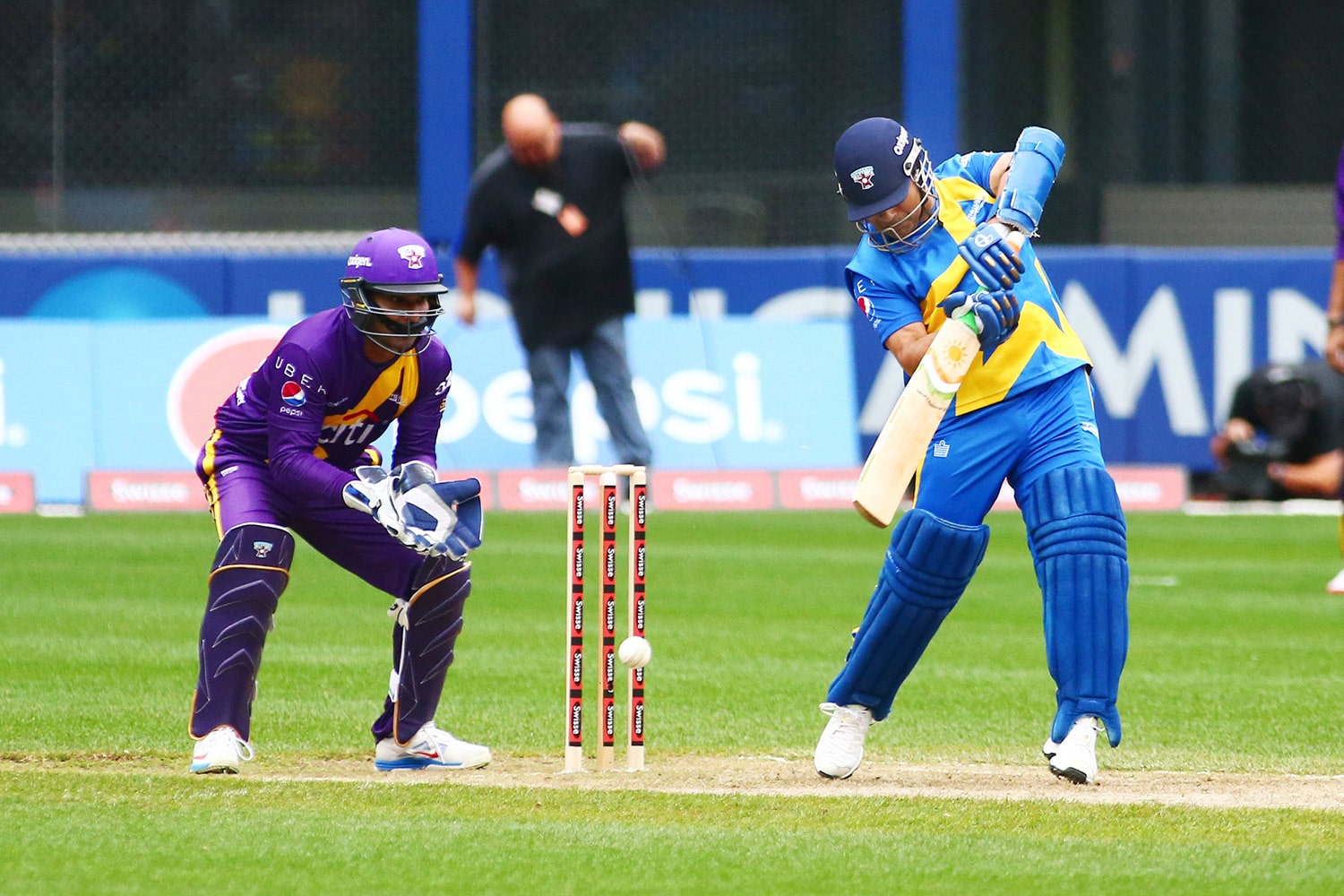Rise by Six: Your Daily Dose of Inspiration
Explore insights and stories that elevate your day.
Bowled Over by Cricket: Tales from the Pitch
Dive into riveting cricket tales from the pitch that will leave you bowled over! Discover thrilling moments and legendary players now!
The Evolution of Cricket: From Village Green to Global Phenomenon
Cricket has undergone a remarkable transformation since its humble beginnings on the village greens of England in the 16th century. Originally a simple bat-and-ball game played by children, it gradually evolved into a more structured sport, gaining formal rules and competitions by the 18th century. The first recorded match, taking place in 1744, began to spark interest amongst the nobility, paving the way for the establishment of county clubs and the creation of the Marylebone Cricket Club (MCC) in 1787. This period marked the foundation of cricket as an organized sport, with key developments such as the introduction of the three-ball over and the concept of leg before wicket (LBW) solidifying its regulations.
As the 19th century dawned, cricket expanded beyond England’s borders, facilitated by the British Empire's global reach. The sport found enthusiastic players in countries like Australia and India, leading to the establishment of international matches. The first ever Test match was played in 1877, and since then, cricket has blossomed into a global phenomenon. Today, it boasts a massive fan base, with more than two billion followers worldwide, fueled by the dynamic formats of the game, including One Day Internationals (ODIs) and the explosive T20 leagues. Cricket’s journey from the rural fields to becoming a central element of cultural identity in many nations illustrates not just its evolution, but also its enduring appeal in the realm of sports.

Top 10 Legendary Matches That Shaped Cricket History
Cricket has a rich history filled with unforgettable games that have not only showcased extraordinary skill but have also significantly influenced the sport's evolution. Among the top 10 legendary matches that shaped cricket history, the 1983 Cricket World Cup Final stands out as a pivotal moment, marking India's first-ever World Cup triumph. The underdog story unfolded at Lord's, where India, under the captaincy of Kapil Dev, defeated the mighty West Indies, sending shockwaves through the cricketing world. This match not only ignited a cricketing revolution in India but also laid the foundation for the immense popularity of the sport in the subcontinent.
Another match that deserves a prominent spot in the roster of the top 10 legendary matches that shaped cricket history is the infamous 1986 Austral-Asia Cup final, where Pakistan faced India in a thrilling final at Sharjah. In a dramatic turn of events, Javed Miandad's last-ball six off India’s bowler, Chetan Sharma, secured Pakistan's victory and became an iconic moment etched in cricket lore. This encounter not only intensified the existing rivalry between the two teams but also demonstrated the game's potential for breathtaking moments, capturing the hearts of cricket fans globally.
What Makes a Great Bowler? Insider Secrets Revealed!
To understand what makes a great bowler, one must look beyond just the physical attributes. A top bowler combines their natural talent with a deep understanding of the game. This includes knowledge of different bowling styles, understanding the conditions of the pitch, and the ability to read the batsman’s movements. Great bowlers often utilize various techniques, such as seam and swing, to gain an advantage over batsmen. Moreover, adaptability is key; the best bowlers adjust their strategies based on the game situation and the nature of the opposition.
Another crucial element in becoming a great bowler is mental fortitude. Many bowlers underestimate the importance of focus and concentration during a match. The pressure of delivering under challenging circumstances can be overwhelming. Successful bowlers develop rituals or routines that help them maintain composure, ensuring they deliver their best performance consistently. As the saying goes, 'Bowling is as much a mental game as it is physical.' Ultimately, mastering these insider secrets can set a bowler on the path to greatness.